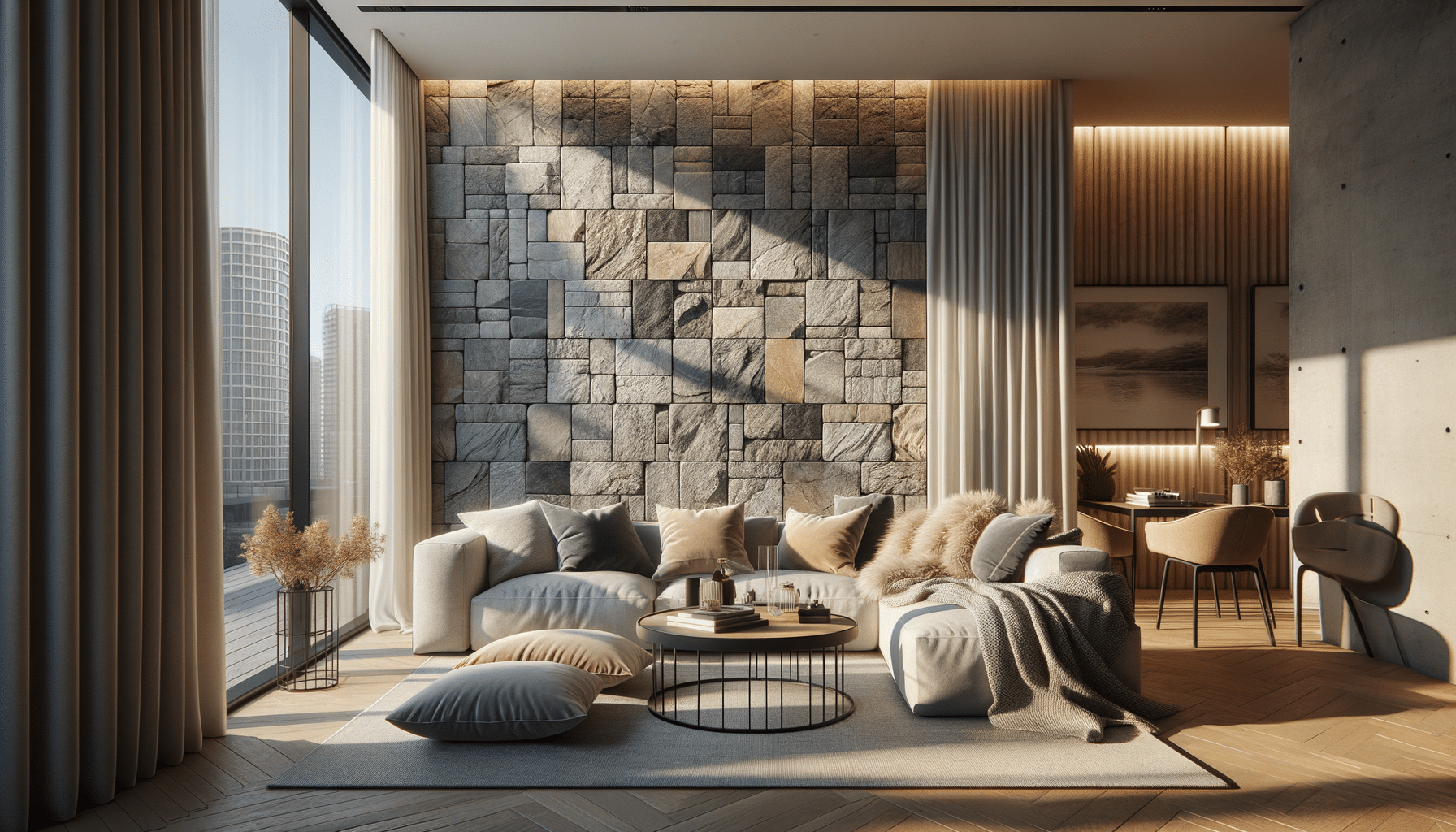
Stone Panels for Walls – How to Choose the Top Faux Options for Indoors & Outdoors
Introduction to Faux Stone Panels
Faux stone panels have become a popular choice for homeowners looking to enhance the aesthetic appeal of their spaces without the high costs and complexities associated with real stone. These panels offer a versatile, cost-effective solution for both interior and exterior applications, allowing for a transformative look that mimics the timeless beauty of natural stone. The growing demand for faux stone is driven by its lightweight nature, ease of installation, and the broad array of styles and colors available.
As people increasingly seek ways to add character and warmth to their homes, faux stone panels provide an excellent alternative. They can be used to create stunning feature walls, cozy fireplaces, or impressive exterior facades, offering a practical solution that doesn’t compromise on style. In this article, we will delve into the various aspects of faux stone panels, including their benefits, installation process, and considerations for choosing the right style for your home.
Benefits of Using Faux Stone Panels
Faux stone panels offer numerous advantages over traditional stone materials, making them an attractive option for many homeowners. One of the most significant benefits is their affordability. Real stone can be expensive, both in terms of material costs and the labor required for installation. In contrast, faux stone panels are more budget-friendly, allowing homeowners to achieve a luxurious look without breaking the bank.
Another key benefit is the ease of installation. Faux stone panels are designed to be lightweight and easy to handle, which simplifies the installation process. This means that even those with limited DIY experience can successfully install these panels, potentially saving on contractor fees. Additionally, faux stone panels require less maintenance than natural stone, as they are resistant to chipping, cracking, and fading.
Faux stone panels also offer versatility in design. With a wide range of styles, colors, and textures available, it’s easy to find a look that complements your home’s existing decor. Whether you’re aiming for a rustic, traditional, or contemporary aesthetic, there’s a faux stone option to suit your needs. Moreover, these panels can be used in various applications, from accent walls to entire exteriors, providing endless design possibilities.
Installation Process and Tips
Installing faux stone panels is a relatively straightforward process that can be completed by most DIY enthusiasts. The first step is to measure the area where the panels will be installed and calculate how many panels you’ll need. It’s essential to account for any corners or edges that may require special panel pieces.
Before starting the installation, ensure that the surface is clean, dry, and free of any debris. This will help the adhesive bond effectively with the wall. Applying a primer to the surface can also enhance adhesion. When it comes to attaching the panels, a construction adhesive or a combination of adhesive and screws can be used, depending on the manufacturer’s recommendations.
To achieve a seamless look, it’s crucial to stagger the panels and avoid aligning the joints in a straight line. This will create a more natural appearance, mimicking how real stones are laid. After the panels are in place, you can fill any gaps with a color-matched caulk to enhance the overall finish. Finally, always follow the manufacturer’s instructions and safety guidelines throughout the installation process.
Comparing Faux Stone to Real Stone
When choosing between faux stone panels and real stone, it’s essential to consider several factors, including cost, appearance, and maintenance. While real stone offers an authentic, natural look, it comes with a higher price tag and more demanding installation requirements. The weight of real stone can also pose challenges, particularly for interior applications, where structural modifications may be necessary to support the stone’s weight.
Faux stone panels, on the other hand, provide a cost-effective alternative that closely resembles the appearance of real stone. Advances in manufacturing technology have made it possible to produce highly realistic faux stone panels that are nearly indistinguishable from their natural counterparts. This makes them an appealing option for those who want the look of stone without the associated costs and effort.
In terms of maintenance, faux stone panels have a clear advantage. They are designed to be durable and resistant to the elements, requiring minimal upkeep. In contrast, real stone may need periodic sealing and can be prone to damage from moisture or temperature fluctuations. Ultimately, the choice between faux and real stone will depend on your budget, aesthetic preferences, and willingness to invest in maintenance.
Choosing the Right Faux Stone Panels for Your Space
When selecting faux stone panels for your home, it’s important to consider several factors to ensure you choose the right product for your needs. Start by evaluating the style and color palette of your existing space. The faux stone should complement your current decor and enhance the overall look of the room or exterior.
Consider the texture and pattern of the panels as well. Some designs may feature a more rustic, rugged look, while others offer a sleek, contemporary finish. Think about the atmosphere you want to create and choose a texture that aligns with that vision. Additionally, take into account the location where the panels will be installed. For example, panels used for exterior applications should be rated for outdoor use to withstand the elements.
Finally, review the manufacturer’s specifications and warranty information before making a purchase. This will provide insight into the quality and durability of the panels, ensuring you select a product that will stand the test of time. By carefully considering these factors, you can confidently choose faux stone panels that will transform your space and provide lasting beauty.


